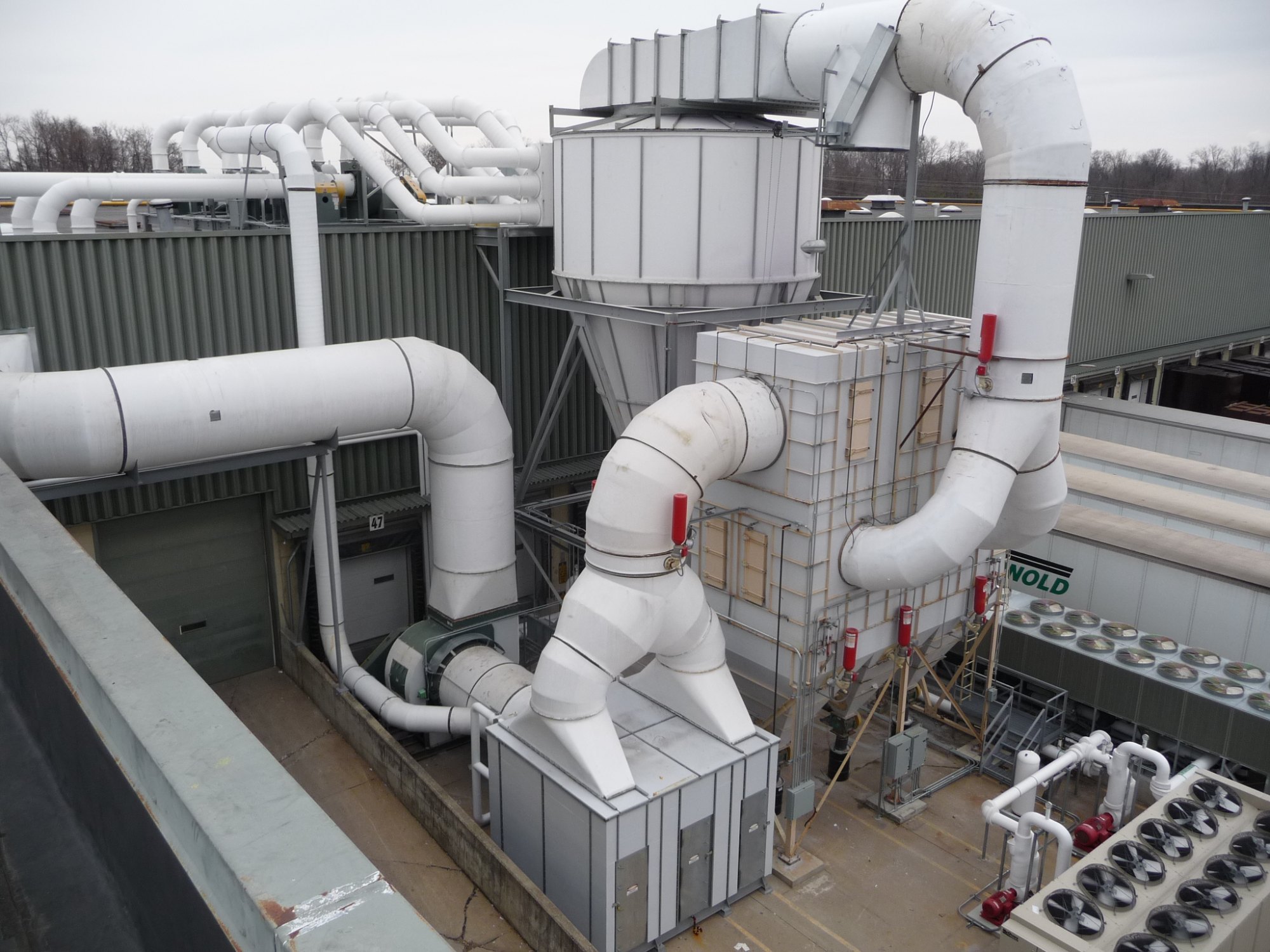Radiant floor heating systems are gaining popularity among homeowners and businesses, providing a more energy-efficient and comfortable alternative to conventional heating methods. As more people become aware of environmental issues, many are seeking sustainable solutions to minimize their carbon footprints, making radiant floor heating an attractive option. In this blog, we will examine the environmental impact of radiant floor heating systems, their advantages, and factors to consider for those interested in adopting this technology in their homes or businesses.
What is Radiant Floor Heating?
Radiant floor heating operates by warming the floor of a space, allowing heat to rise evenly throughout the room. It can be installed in various forms, including electric heating mats or hydronic systems that circulate heated water through pipes or tubing embedded in the floor. The warmth from the floor heats the room from the ground up, creating a comfortable and consistent temperature.
While radiant floor heating is often praised for its comfort and efficiency, its environmental impact is a crucial aspect to consider when deciding if it’s the right choice for your home or business.
Energy Efficiency
One of the primary environmental advantages of radiant floor heating is its exceptional energy efficiency compared to traditional forced-air heating systems. Forced-air systems frequently waste energy as they heat the air, which then rises and escapes the room inefficiently. In contrast, radiant heating directly warms the floor and objects in the room, resulting in better heat retention and comfort.
Since radiant floor heating systems maintain more even and consistent temperatures, they typically operate at lower temperatures than traditional heating methods. For instance, a radiant system may require water at a lower temperature (usually around 100-130°F) compared to the higher temperatures (approximately 160-180°F) used in conventional systems.
Reduced Carbon Footprint
One of the key environmental benefits of radiant floor heating is its ability to lower a building’s carbon footprint. As previously noted, reduced energy consumption leads to fewer carbon emissions. This is particularly crucial in areas where electricity is produced from fossil fuels like coal or natural gas. By consuming less energy to warm a space, radiant floor heating systems can decrease the reliance on fossil-fuel-based energy sources.
Additionally, radiant systems that utilize renewable energy sources, such as solar panels or wind power, have an even smaller environmental impact. Since these systems draw from naturally occurring energy, they emit little to no greenhouse gases, providing a greener alternative for heating.
Longer Lifespan and Reduced Waste
Radiant floor heating systems typically outlast traditional heating methods. Hydronic systems, for example, are recognized for their longevity and can endure for 30 years or more with appropriate care. Electric systems, while slightly less durable, still boast a service life of around 20 years. In comparison, conventional HVAC systems usually require replacement after 10-15 years, leading to increased waste and a higher demand for resources for replacements.
By lasting longer, radiant floor heating systems minimize the need for frequent replacements and the environmental consequences tied to the production, transportation, and disposal of heating units. This ultimately helps to cut down on waste and the necessity for new materials, which can be resource-heavy.
Reduced Energy Losses
Unlike forced-air heating systems that rely on ductwork, radiant floor heating systems minimize energy loss by eliminating leaks and inefficient ducts. Air can escape through cracks in duct systems, and older or poorly sealed ducts can waste a considerable amount of energy. Since radiant floor heating is integrated directly into the flooring, it removes the need for ducts, which reduces energy loss and ensures that all the heat generated is directed where it’s needed most—into the living space.
This reduction in energy loss leads to lower overall energy consumption, further lessening the environmental impact of radiant floor heating.
The Environmental Cost of Installation
While radiant floor heating systems provide various environmental advantages, the installation process can also have its own ecological footprint. Depending on the chosen system, installation may cause significant disruption to the home or building. For instance, hydronic systems necessitate the installation of piping, which might involve removing existing floors or making other modifications to the space. This can lead to increased material waste and a greater environmental impact during the installation phase.
Electric radiant heating systems tend to be less invasive to install, particularly when retrofitting an existing home or building, but they still require energy for the manufacturing, transportation, and installation of materials.
Moreover, some materials used in radiant floor heating systems, like plastic pipes or synthetic flooring, can pose environmental challenges if not sourced sustainably or disposed of correctly. It’s crucial to research and choose eco-friendly materials and contractors who adhere to sustainable practices.
Maintenance and Sustainability
Radiant floor heating systems typically require very little maintenance. Unlike conventional heating systems that depend on filters and air ducts needing regular cleaning, radiant floor heating is simpler to care for. This means less reliance on frequent cleaning products and chemicals, which can harm the environment.
Provided the system is well-maintained, its environmental impact stays low over the years. Moreover, incorporating smart thermostats or zone controls can boost efficiency, ensuring energy is used only when and where it’s necessary.
Conclusion
Radiant floor heating systems present numerous environmental advantages, such as enhanced energy efficiency, a smaller carbon footprint, and a longer lifespan compared to traditional heating methods. These systems can significantly cut energy usage, lower greenhouse gas emissions, and promote a more sustainable approach to heating your home or business. Although there are some environmental costs tied to installation, the long-term savings and sustainability benefits make radiant floor heating an appealing choice for eco-conscious individuals aiming to lessen their environmental impact.
By thoughtfully choosing renewable energy sources and sustainable materials, radiant floor heating can be an environmentally friendly option that supports a greener, more energy-efficient future.




Leave a Comment